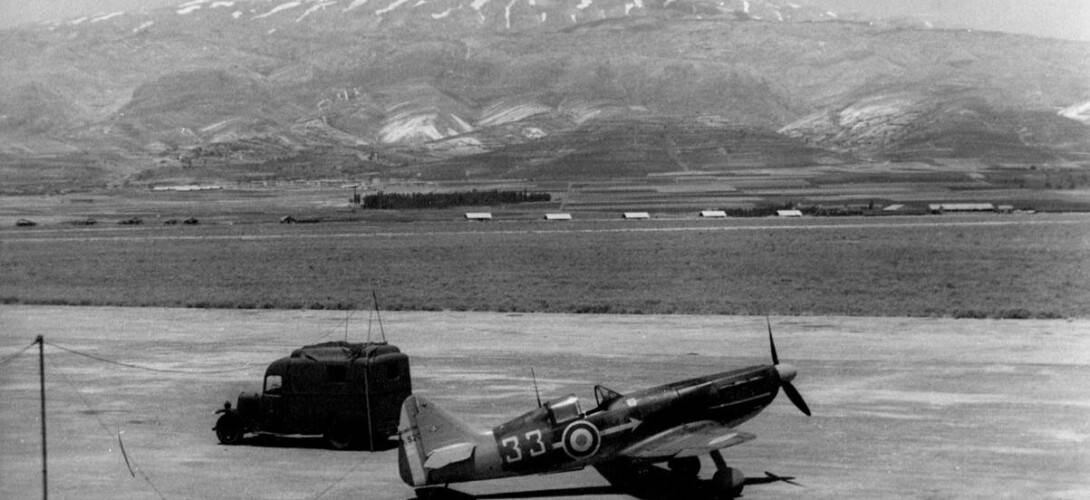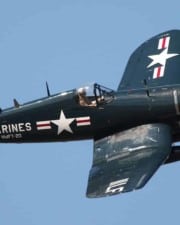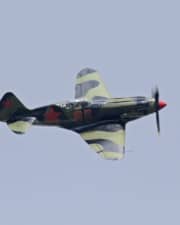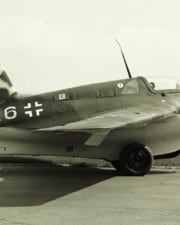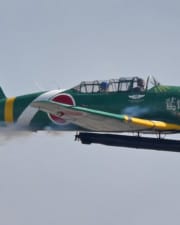Many people gloss over France’s military contributions in World War Two due to the unfortunate speed of the Nazi conquest of the country. However, France had some of the best planes in Europe at the dawn of World War Two, and many of its planes continued to be used by different militaries even after occupation. Here are some of the best French planes of World War Two.
During the initial Battle for France, the French Air Force was thoroughly routed by the Luftwaffe, but that’s partially because nobody could counter the Luftwaffe at the time. Another reason was that the French military was set up to counter bombing, not the blitzkrieg fighting the Nazis used to steamroll Europe.
However, that does not mean the French Air Force was completely powerless in World War Two. After quickly rearming in the late 1930s, the military was still able to put up a spirited defense against the much larger Luftwaffe. Even after the capitulation of France, many French planes would go on to serve in the air forces of other countries such as Great Britain.
Here is a list of the best French planes of World War Two, which are often overlooked in favor of more glamorous British, American or German planes. These planes were chosen because of their technological advances or effectiveness during battle.
10. Potez 630

The Potez 630 was a series of airplanes manufactured by the French military in the late 1930s as a preparation for the run-up to World War Two. Some analysts lament the fact that so few Potez 630s were manufactured in the run-up to World War Two—had more of them been operational, maybe the outcome of the Battle for France would have been different.
The 630 series was one of the modern heavy fighter planes that emerged in the late 1930s in European militaries. Modern warfare meant air forces needed versatile aircraft that could fulfill multiple roles, including reconnaissance, fighting, and night flight. The Potez 630 series had several characteristics that helped it fill that role, such as twin engines, an all-metal body, and several machine guns.
Popular variants were the Potez 631 C3, Potez 633, and Potez 637. However, all variants shared similar problems, namely a weak engine that made the plane slow. Several other armies used it after the French surrendered.
9. Morane-Saulnier M.S. 406
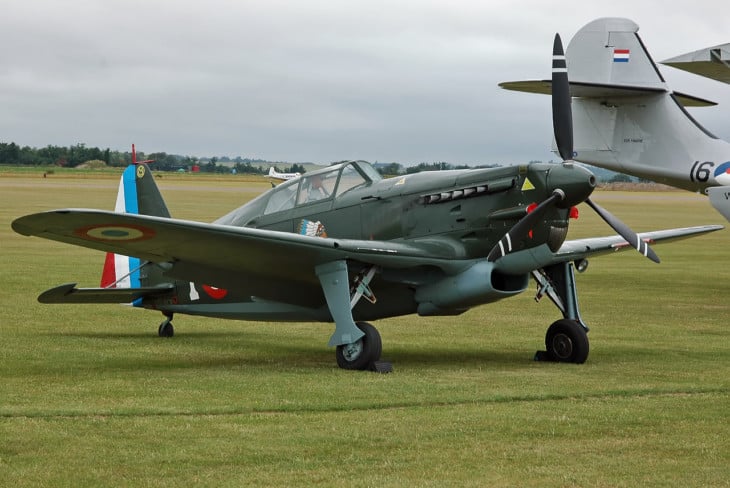
When the Battle of France broke out, the Morane-Saulnier M.S. 406 was one of the newest airplanes on the field of battle. Developed in 1938, it had a piston-powered single engine and a streamlined modern design complete with retractable undercarriage.
The M.S. 406 was designed to be a versatile fighter with a powerful Hispano-Suiza engine. However, the German Luftwaffe had already developed planes that were far superior to the Morane-Saulnier M.S. 406. The poor plane was simply not fast enough or powerful enough to provide combat against the Luftwaffe, particularly the all-powerful Messerschmitt Bf 109 fighter.
However, the M.S. 406 was not all bad, as shown by its spectacular success when it was used by the Finnish Air Force against the Soviet Union. Maybe with some modifications and increased production capacity, the M.S. 406 could have given the Luftwaffe a run for its money.
8. Arsenal VG-33
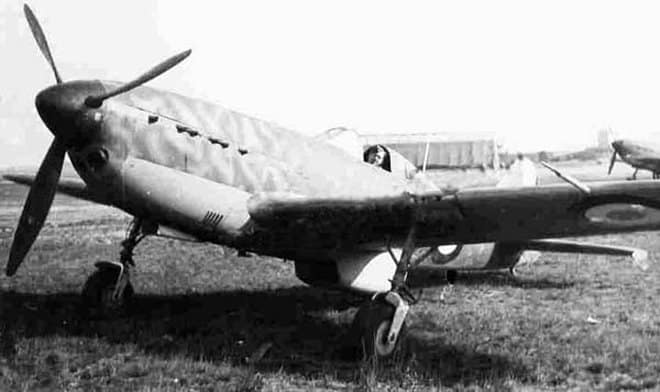
One of the greatest what-ifs of the Battle for France is what would have happened had the French production capacity been greater or if production choices had been wiser. One of those what ifs applies to the Arsenal VG-33. The Arsenal VG-33 was one of the fastest and most maneuverable fighters in Europe at the time, even better than the Messerschmitt Bf 109. However, it was simply not manufactured enough by the start of the battle to make a difference.
The French Arsenal was a state research institution founded after France realized its aviation industry was falling behind the innovations present in other parts of the world. The VG-33 improved upon the basic VG-30 model with a more powerful engine, longer fuselage, and large wingspan.
However, due to delays in the production process, the VG-33 did not make its first official flight until April 21st, 1940—two months before France eventually surrendered to Germany.
7. Douglas DB-7
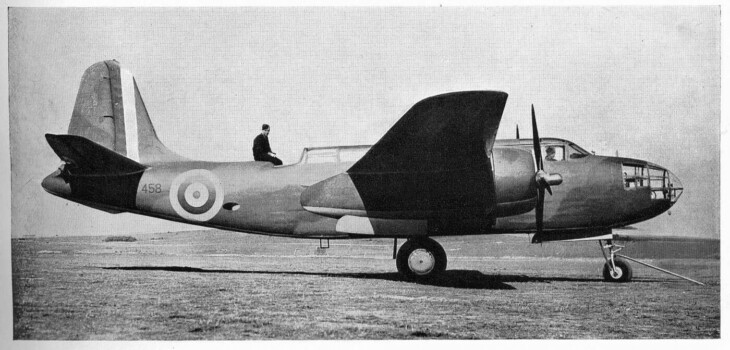
The Douglas DB-7 was technically not a French aircraft because it was produced by the American company Boeing. However, the plane was still a staple of the French Air Force during the Battle of France.
The Douglas DB-7 was developed in 1938 when it became obvious that war was on the horizon. The powerful dual Wright engines and excellent armaments meant the Douglas earned its nickname of the “Havoc” as it harried enemy forces.
Sadly, the Douglas DB-7 was a little too late to save France as the French only received half of the ordered planes before its surrender. However, the plane went on to play an important role in the RAF.
6. Liore-et-Olivier LeO 45
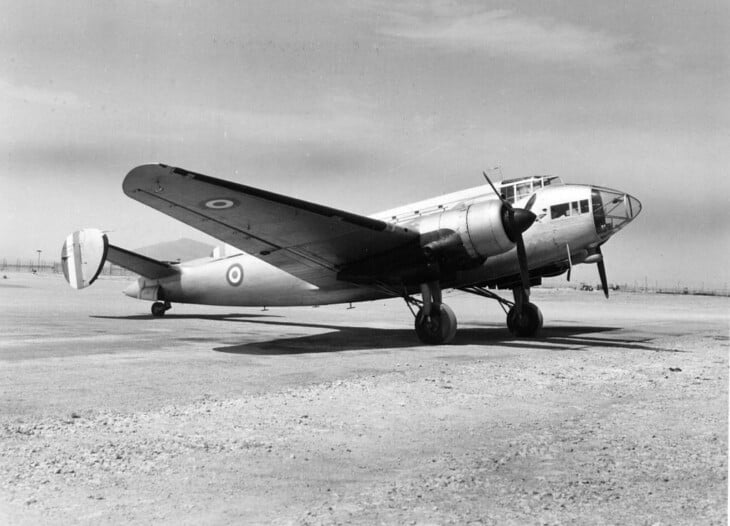
At the start of World War Two, the French Armee de l’Air did have some advanced aircraft in its arsenal. One of these was the Liore-et-Olivier LeO 45, one of the most advanced medium bombers of the time.
The LeO 45 was one of the best bombers not just of the French military at the time, but in the whole world. It had an all-metal body and new features to improve crew safety, such as self-sealing fuel tanks. The sleek design meant that the bombardier and rear gunner could work in tandem to decimate enemy forces.
With the LeO 45 on its side, how did the French lose? By now, you probably already guessed there simply weren’t enough of them. However, the quality of the LeO 45 is shown in its post-war use and the fact that many survived the war at all.
5. Breguet Bre 690 Series
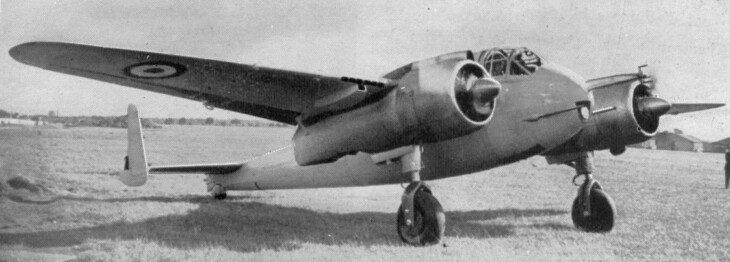
The 690 Series from Breguet, including the 690, 691, 693, and 695, were some of the most advanced light fighter planes on the eve of World War Two.
Breguet developed a series of planes that were superior to older models because they were just as versatile but heavier, making them more secure in heavy fighting. Later models, particularly the 693, used the powerful Gnome-Rhone 14M-6/7 engines.
The already familiar refrain of supply chain delays meant the French Army didn’t have enough of these during the war.
4. Bloch MB.170

Bloch was one of the top French airplane manufacturers on the eve of World War Two. Its 170 series were some of the best reconnaissance bombers in the French Air Force.
The MB 170 planes were characterized by superior speed and maneuverability. It was a monoplane with a twin-engine configuration and three-bladed propeller. The design made the plane faster while also giving it stability and making it much easier for pilots to fly, even in tight maneuvers.
However, the Bloch MB 170 was another victim of delays in the production process and the shifting priorities of the Armee de l’Air. Only fifty were delivered to the French army before May 1940. Showing the superiority of these planes, only three were lost in the Battle for France, and the Free French Army managed to make off with a decent number.
3. Martin 167 ‘Maryland’
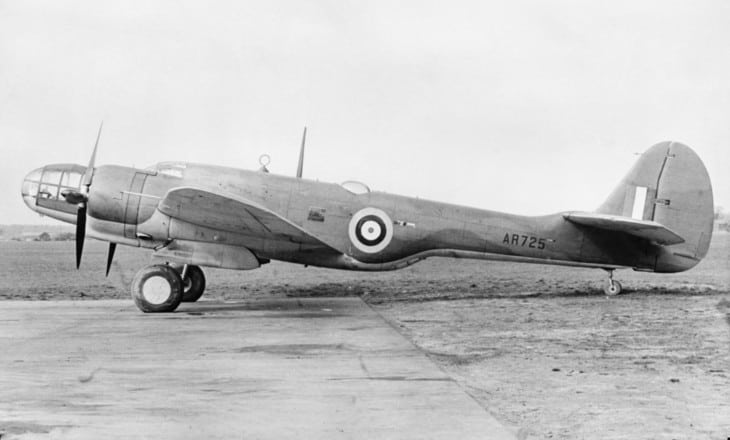
The Martin 167 is another American-designed plane that was the backbone of the French Armee de l’Air, like the Douglas DB-7.
The Martin 167 was a light bomber whose sleek design made it faster and more maneuverable than existing planes. This speed would serve it later in the defense of Britain by the RAF, although the French did not get enough of them on time to make a difference.
The few Martin 167s in service for the French military performed honorably during the war and had a loss rate of 4%, much lower than for other airplanes.
2. Bloch MB.152
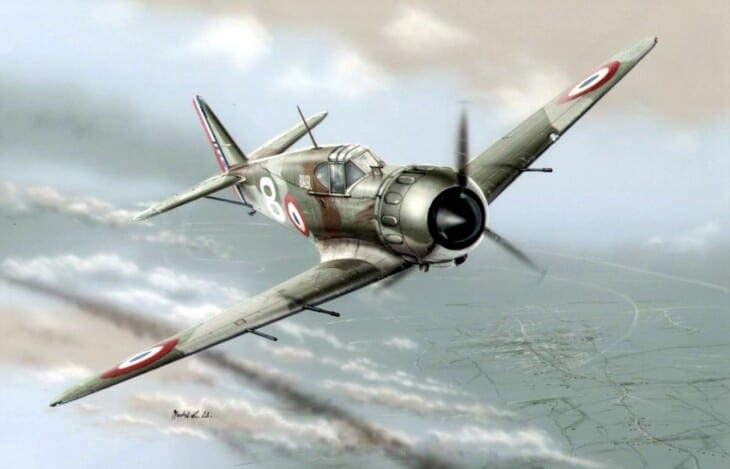
The M.B. 152 was another excellent aircraft from Bloch. An old model from the 1930s, the MB 152s had several flaws that made them outdated by the time Germany invaded, including low range and clumsiness.
However, the M.B. 152 was still the workhorse of the French Armee de l’Air. Pilots flying these hardy, unglamorous planes managed to destroy 188 enemy planes, and these planes were even later used by the Free French.
Sometimes, the best planes are not the ones with the most glamorous technology, but the ones that do the most work which is why the Bloch M.B. 152 is on this list.
1. Dewoitine D.520
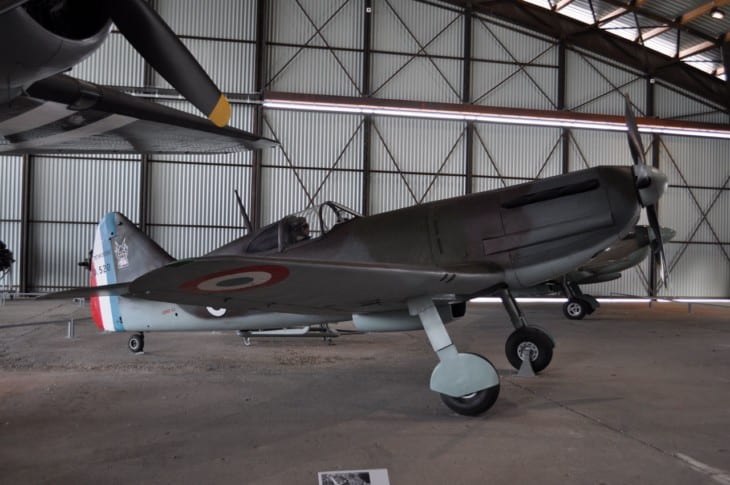
Experts agree that the Dewoitine D.520 was the best French plane in service during World War Two. This powerful fighter could have made an even bigger impact if it had been mass-produced in time.
The Dewoitine D.520’s biggest claim to fame was its maneuverability, which was better than the famed Messerschmitt Bf 109. It also had excellent climbing speed and heavy-duty armor to protect the crew.
The few Dewoitine D.520s that saw battle in the defense of France performed admirably, shooting down many enemy aircraft. Before surrender, pilots made away with these superior fighters and joined the Free French army.
References ▾
Related Posts
